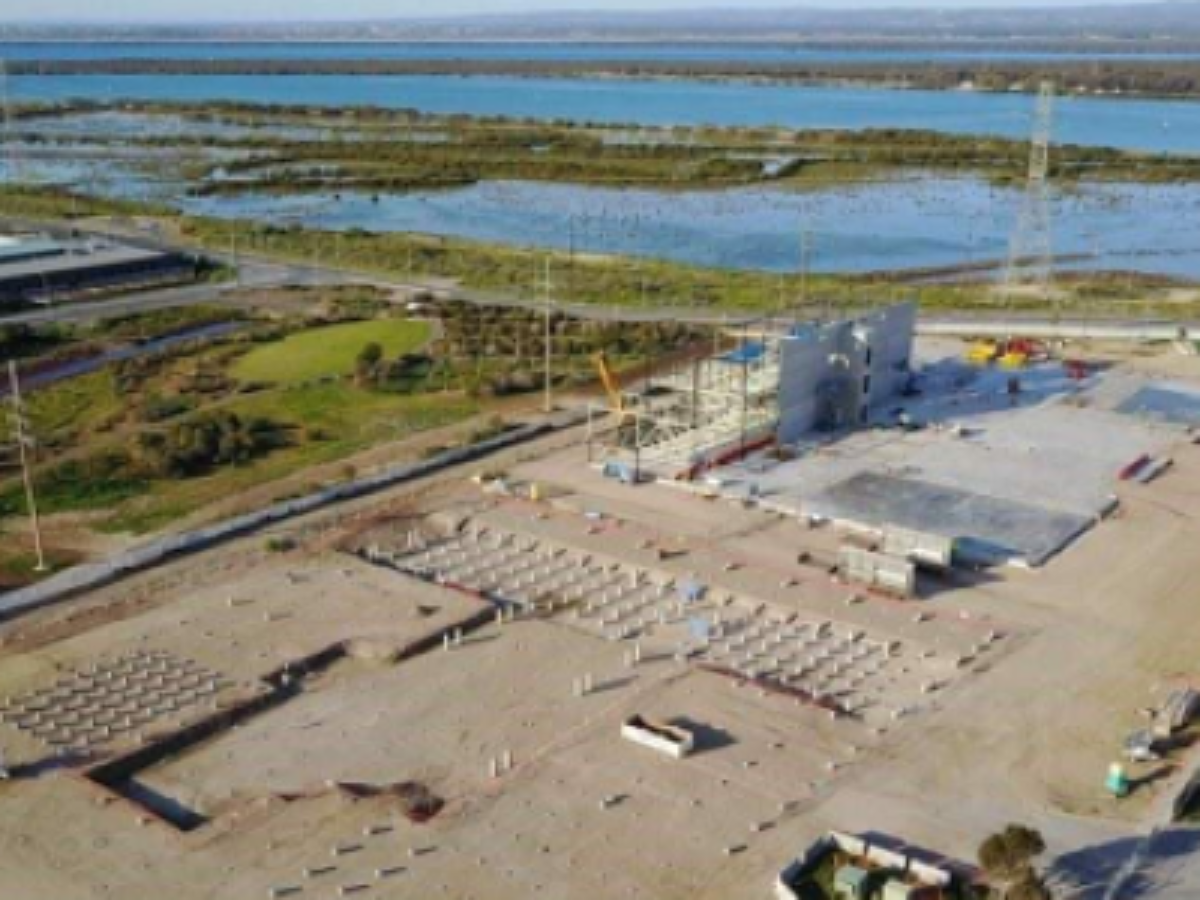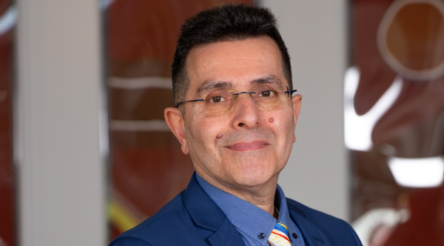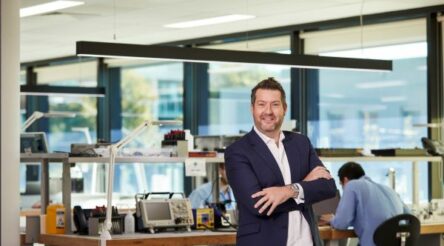A year on, the shape of submarine construction taking shape

By Peter Roberts
A year on from the cancellation of contracts with French Naval Group to build conventionally powered submarines in Adelaide, and the announcement of the Aukus agreement, the shape of future submarine construction is taking shape.
With neither the US or the UK having the capacity to build extra submarines for Australia despite wishful thinking from many, a tri-lateral new submarine design and construction programme is emerging in statements from defence minister Richard Marles.
And the good news is that it involves not only substantial submarine work, and technology and skills development, in Australia, but that Australian industry will become part of a global supply chain, emeshed with industry in the US and UK.
Here is how it looks.
Britain has now clearly said that there will be no Astute class coming to Australia and that its next submarine will be a shared, brand new design and construction project with the other Aukus nations.
So we are getting a new submarine design, not the Astute of US Virginia class which are nearing the end of their ability to be further developed as a base design. (Vessel classes tend to gain capability – and weight – over their lifespan, and ultimately a new design is needed for further improvement.)
The main difference between the three nations’ submarines will be the extent to which they use critical software from the US and their own systems – Australia for example uses basically US software with a locally designed combat management system.
And submarine construction will be shared between existing facilities in the UK and US, and a brand new facility in Australia.
Built along the lines of the Osborne Naval Dockyard in Adelaide where BAE Systems is constructing frigates – and as a fully digital shipyard – this will boost the three nations’ capacity to build submarine components and modules (which are stitched together to form the completed vessel).
Australia will not be building the nuclear propulsion modules – these will come from overseas and be sealed and regularly inspected by international atomic energy agencies.
Less critical modules such as accommodation sections and others can be built in Australia and shipped to the US and the UK for inclusion in their vessels.
Over time Australia’s contribution to the joint task will increase as skills are transferred and developed – our personnel are already approved for working in the US and UK nuclear programmes.
And the vessels will be built in Adelaide in a new submarine yard adjacent to Osborne and ASC facilities. A start was made on such a yard which now lies partially completed at Osborne north (pictured).
ASC has begun to increase its capabilities in Adelaide, employing 296 workers from Naval Group Australia and Lockheed Martin Australia laid off when the original submarine contract was abandoned.
Finally, who will build the vessels?
Marles has indicated that the submarines will be built in a common user yard built by the federal government, so at the end of a major shipbuilding contract, another company could come in and takeover the yard and its workforce – this is part of the emergent continuous shipbuilding programme.
BAE Systems Australia remains in the box seat as it is located in Adelaide where it runs frigate construction, and currently builds the UK’s nuclear vessels. This would ensure easy transfer of personnel and technology in any new Australian programme.
But we shouldn’t rule out a new entrant such as Perth’s Austal which has been very successful in winning naval shipbuilding contracts in the US and has the confidence of their Department of Defense.
The only thing going against Austal is that is it an aluminium shipbuilder, only recently capable of building in steel.
Naturally the integrity of the steel hull of any submarine is critical, with every centimetre of every weld tested for the minutest of faults. Here BlueScope steel and Bisalloy and ASC, fortunately, have the experience and track record.
All in all, Australia joining such a technically and skills rich global supply chain involving the transfer of cutting edge capabilities has huge implications for a future revival of Australian manufacturing.
Industry was impoverished with the killing off of the car industry, which was the single complex global supply chain in which Australia was engaged.
Further reading:
EXCELLENCE IN MARITIME MANUFACTURING – TOURING OSBORNE NAVAL SHIPYARD
AUSTAL COULD BUILD MODULES FOR US, AUSTRALIAN NUCLEAR SUBMARINES
MASSIVE EXPANSION PLANNED FOR ADELAIDE SHIPYARD
Picture: Partially completed submarine construction yard, Osborne north Adelaide.
Topics Analysis and Commentary Defence
@aumanufacturing Sections
Analysis and Commentary Awards Defence Manufacturing News Podcast Technology Videos










